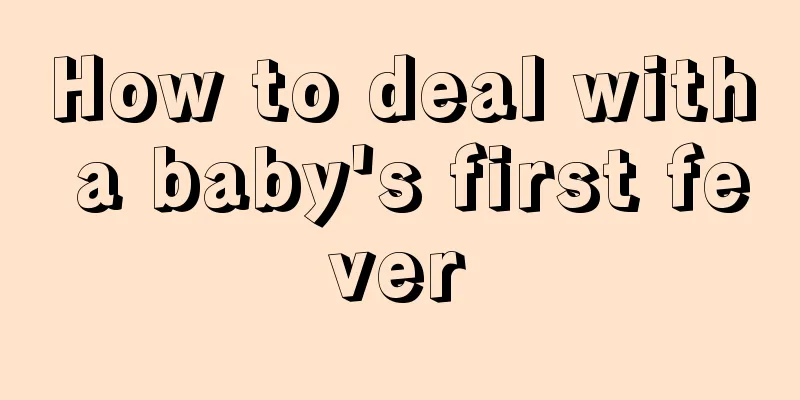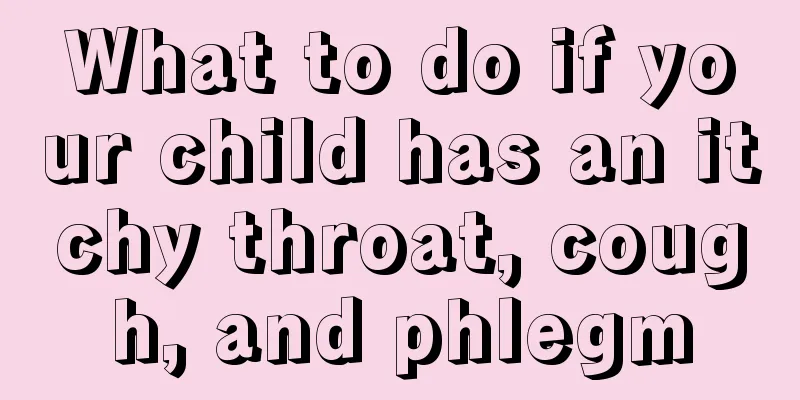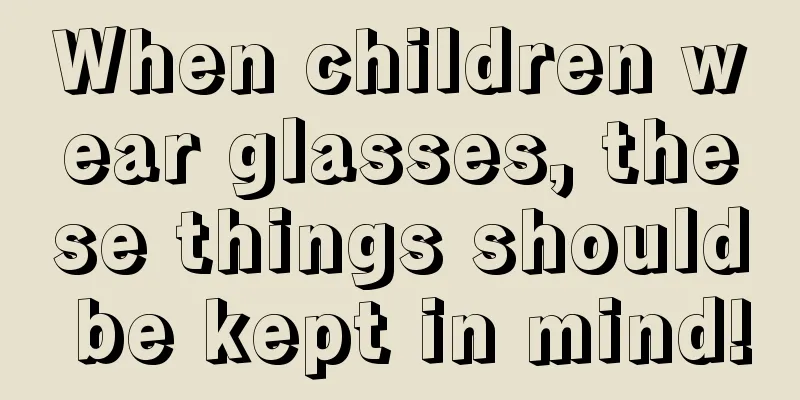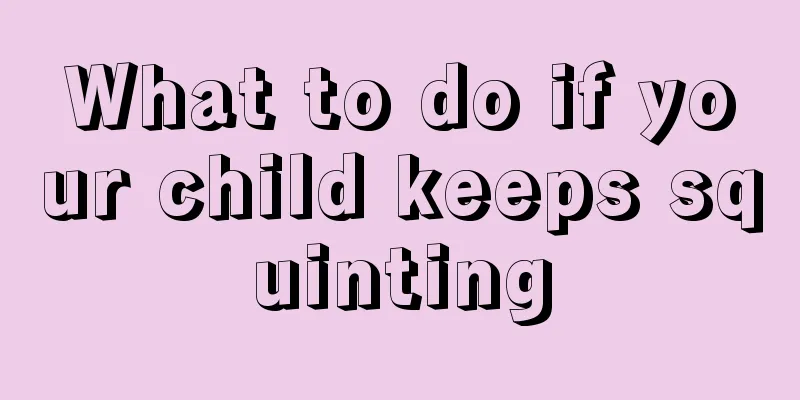How to deal with a baby's first fever

|
When a baby has a fever for the first time, many mothers are at a loss. Especially women who have just become mothers will be particularly frightened and worried about the baby's health, but they are also very helpless. Severe fever is really dangerous and may cause children to suffer from meningitis. So let’s learn how to deal with a baby’s first fever. I hope parents can be more vigilant. Regarding fever, the director of the Clinical Family Medicine Residency Program at Indiana University said: I think there are two types of fever. One is the body's response to disease, and the other is the body's reaction to disease. How to explain it? The first one means that the human body has become diseased for some reason, which directly leads to the disorder of chemical balance in the human body and then the body temperature changes. The second type means that the lesion does not cause the body temperature changes mentioned in the first type, but the body's immune system responds to the lesion. The means adopted is to increase body temperature to change the activity of enzymes related to the chemical balance of the lesion, thereby achieving the purpose of self-immunity. We can also say that there are two types of fever: one is the phenomenon, and the other is the countermeasure. ” Obviously, the first fever after birth for most normally healthy babies is due to the second reason. When the baby's immune system detects infection with a virus, it will constrict the capillaries throughout the body through the nervous system, reduce heat loss and raise the body temperature. This is the body's immune response and a self-protection mechanism. Increased body temperature can inhibit infection and at the same time produce a large amount of antibodies to resist pathogen infection. At the same time, it regulates the body's acid-base balance to cause the baby to have anorexia and reduce food intake. This is why babies often have a loss of appetite when they have a fever. Regarding fever, you need to know the common sense that 38.5℃ is a critical point. Fever is the baby's own defense mechanism and also a powerful weapon to help the baby overcome the disease. Therefore, mothers should have a clear concept that they should not give their babies antipyretics if the temperature is below 38.5℃. Why is it 38.5℃? A large number of studies have shown that general febrile convulsions occur above a body temperature of 38.5℃. This is an average number. Many babies will not have convulsions even if their fever reaches 40℃ and their spirits are good. Some babies will have convulsions at 37.8℃, so mothers should take antipyretics according to their baby's situation. The main purpose of antipyretic is to avoid febrile convulsions. When you have a fever, physical cooling is the first thing to do. Many mothers know about physical cooling, but they don't know how to do it. How should they physically cool their babies? Physical cooling is based on the principle of baby's comfort. The main cooling area is the head, followed by the upper body. Warm water baths, wet towels, and fever patches are all good physical cooling methods. The increase in temperature will make the baby's head uncomfortable, so we should focus on cooling the baby's head. For other parts of the body, just reduce the amount of clothing accordingly to make it loose, moderate and breathable. The purpose of physical cooling is to relieve the baby's fever symptoms and help him recover as soon as possible. Its real function is only to relieve the symptoms of discomfort caused by fever. It is not used to reduce fever. It cannot be understood as using physical cooling methods to reduce fever. However, it is precisely because physical cooling relieves the symptoms of fever and discomfort, reduces the baby's irritability and anxiety, and enables the baby's body to fight infection more effectively, thereby shortening the duration of fever. Because irritability is not conducive to the body's recovery, this is an indirect effect achieved by physical cooling. How to deal with a baby’s first fever? Now, mothers, do you understand that for children, getting sick and having a fever is a common condition, so the first thing mothers should do is not panic. You can take some physical cooling methods. If the condition is more serious, take the child to the hospital in time and never let it go. |
<<: The reason why baby's lips turn white
>>: What causes red spots on babies?
Recommend
How to care for babies infected with rotavirus
Rotavirus has a very obvious seasonality, which i...
What should I do if my child always bites his lower lip?
The health of their children is the greatest wish...
What should I do if my baby has a stuffy nose, runny nose, sneezing and coughing?
The main symptoms of a cold are nasal congestion,...
What should I do if my child has a cold, fever, or sore throat?
Things like colds and fevers are definitely not a...
What are the reasons for baby's white lips?
When a baby is born, its body functions and organ...
What to do if your baby stutters
The occurrence of baby stuttering is one of the m...
Height and weight standard for 100-day-old babies
The height and weight of a 100-day-old baby shoul...
Weaning at one and a half years old
Breast milk is the feeding method chosen by most ...
How does jaundice affect newborns?
We know that newborns have very weak immunity. If...
What should I do if my child has a fever and cough?
Fever and cough are very common diseases in peopl...
What are the symptoms of hand, foot and mouth disease encephalitis?
Hand, foot and mouth disease is a common infectio...
Seven ways to reduce fever in children
Children's bodies are relatively fragile, so ...
Can children eat pecans?
The nutritional value of pecans is very high, and...
What to do if your child has recurrent urticaria
Children's immune system is not fully develop...
My child is 8 years old and still has no teeth
If a child has not changed his teeth by the age o...









